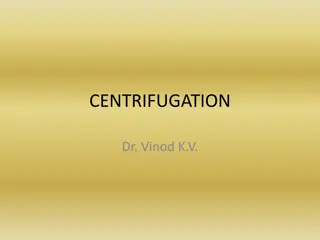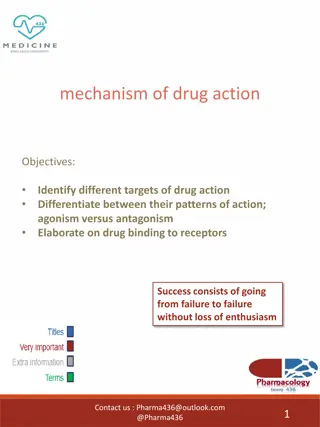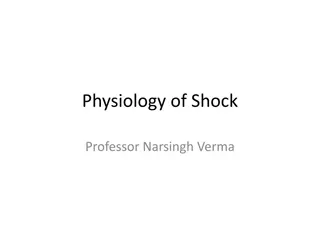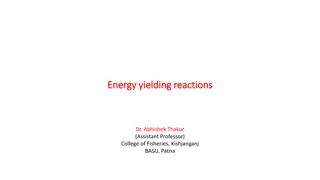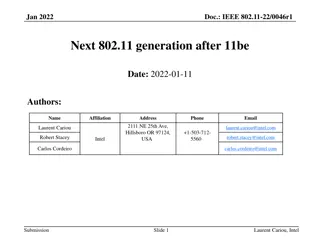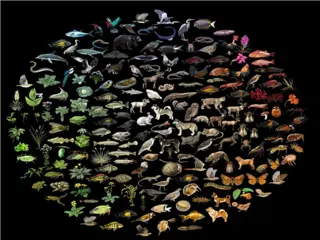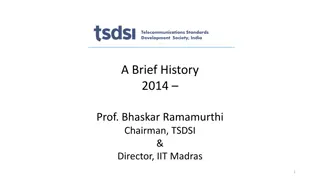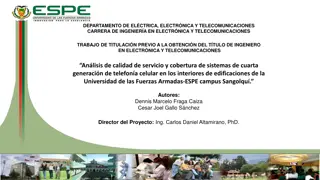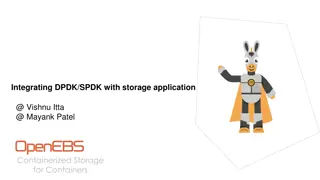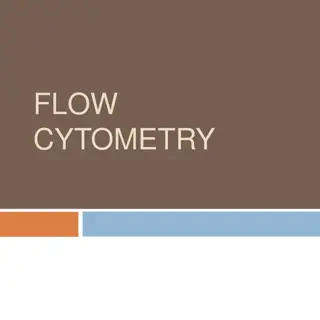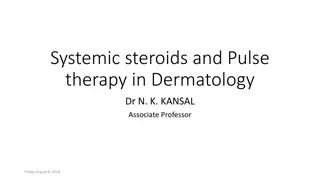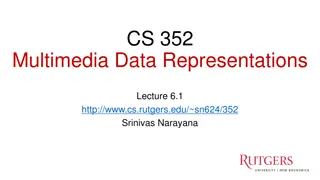Cellular Fractionation: Techniques and Applications
Cellular fractionation is a crucial process for separating cellular components to study intracellular structures and proteins. It involves homogenization, centrifugation, and purification steps to isolate organelles based on their properties like density and shape. This method provides valuable insights into cellular functions, protein purification, and disease diagnosis.
Download Presentation

Please find below an Image/Link to download the presentation.
The content on the website is provided AS IS for your information and personal use only. It may not be sold, licensed, or shared on other websites without obtaining consent from the author. Download presentation by click this link. If you encounter any issues during the download, it is possible that the publisher has removed the file from their server.
E N D
Presentation Transcript
INTRODUCTION Cellular Fractionation is a process used to separate the cellular components while preserving their individual functions of each component. It is an important step for studying a specific intracellular structure, organelle, proteins, or assess possible associations between these macromole cular structures. Which provide various information like; buoyant density, surface change dens ity, size and shape. This is a method that was originally used to demonstrate the cellular location of various biochemical processes. Other uses of Subcellular fractionation is to provide an enriched source of a protein for further purification, and facilitate the diagnosis of various disease states. It is a method that dissects cells into various organelle according to their shape, size, density, the viscosity of medium and rotor speed under the influence of an external applied centrifugal force.
PRINCIPLE OF CENTRIFUGATION The principle of the centrifugation technique is to separate the particles suspended in liquid media under the influence of a centrifugal field. Which is the process involve the principle of sedimentation. The sedimentation is a phenomenon where suspended material settles out of the fields by gravity. S = v/w2.r
Step One: Homogenization- Tissue is typically homogenized in a buffer solution that is isotonic to stop osmotic damage. Mechanisms for homogenization include grinding, mincing,chopping, pressure changes, osmotic shock, freeze-thawing, and ultra-sound. The samples are then kept cold to prevent enzymatic damage. It is the formation of homogenous mass of cells (cell homogenate or cell suspension). It involves grinding of cells in a suitable medium in the presence of certain enzymes with correct pH, ionic composition, and temperature. For example, pectinase which digests middle lamella among plant cells.
Step Two: Separation Cell homogenates are separated into fractions by spinning them super- fast in a process called centrifugation. Centrifugation produces force that are thousands of time higher than gravity, and cellular components are pushed toward the bottom of the container. Centrifugation applies enough force to cell homogenates to allow different cellular fractions to separate based on properties such as mass, density, and shape, as shown here in the figure here. Centrifugation causes components that are too heavy to resist the force of gravity to move to the bottom of the tube.
Step Three: Purification Purification is achieved by differential centrifugation the sequential increase in gravitational force results in the sequential separation of organelles according to their density. Because the different fractions will be collected by centrifuging the sample several times.
SUMMARY OF CELL FRACTIONATION
An enzyme that is known to be localized exclusively in the target organelle. Isolation of any organelle requires a reliable test for the presence of the organelle. Marker enzymes also provide information on the biochemical purity of the fractionated organelles. The presence of unwanted marker enzyme activity in the preparation indicates the level of contamination.
ENZYMES ARE USED AS MARKER DURING SUBCELLULAR FRACTIONATION S No. COMPONENT MARKER E.C NUMBER 1 Nuclei DNA Polymerase RNA Polymerase 2.7.7.7 2.7.7.6 2 Plasma Membrane 5-Nucleotidase Leucine aminopeptidase 3.1.3.5 3.4.1.1 Click to add text Gloucose-6-phosphodiesterase Aldolase 3 Endoplasmic Reticulum Cytosol 3.1.3.9 4.1.2.7 4 Mitochondria Succinate dehydrogenase Cytochrome oxidase 1.3.99.1 1.9.3.1 5 Lysosome Acid phosphatase Aryl Sulfatase-C 3.1.3.2 3.1.6.1 6 Peroxisomes Catalase Peroxidase 1.11.1.6 1.11.1.7 7 Golgi Bodies Sialyl transferase 2.4.99.1
Bibliography Cooper ,T.C,: Centrifugation in Tools of Biochemistry ,Chapter 9 ,309-352. Cooper TG Ed New York ,John Wiley, 1997 Rickwood, D,: Centrifugation A practical approach 2nd Ed. IRL Press, Oxford, U.K. 1984 Hen J J,: Preparation of synaptosomal plasma membrane by Subcellular Fractionation methods Mol Biol. 1977;72:61-69 Oren, A, Taylor, J.M ,: The subcellular localization of Defensins and myeloperoxidase in human meutrophils. J. Lab, Clin.,Med. 1995; 125 (3): 340-347










